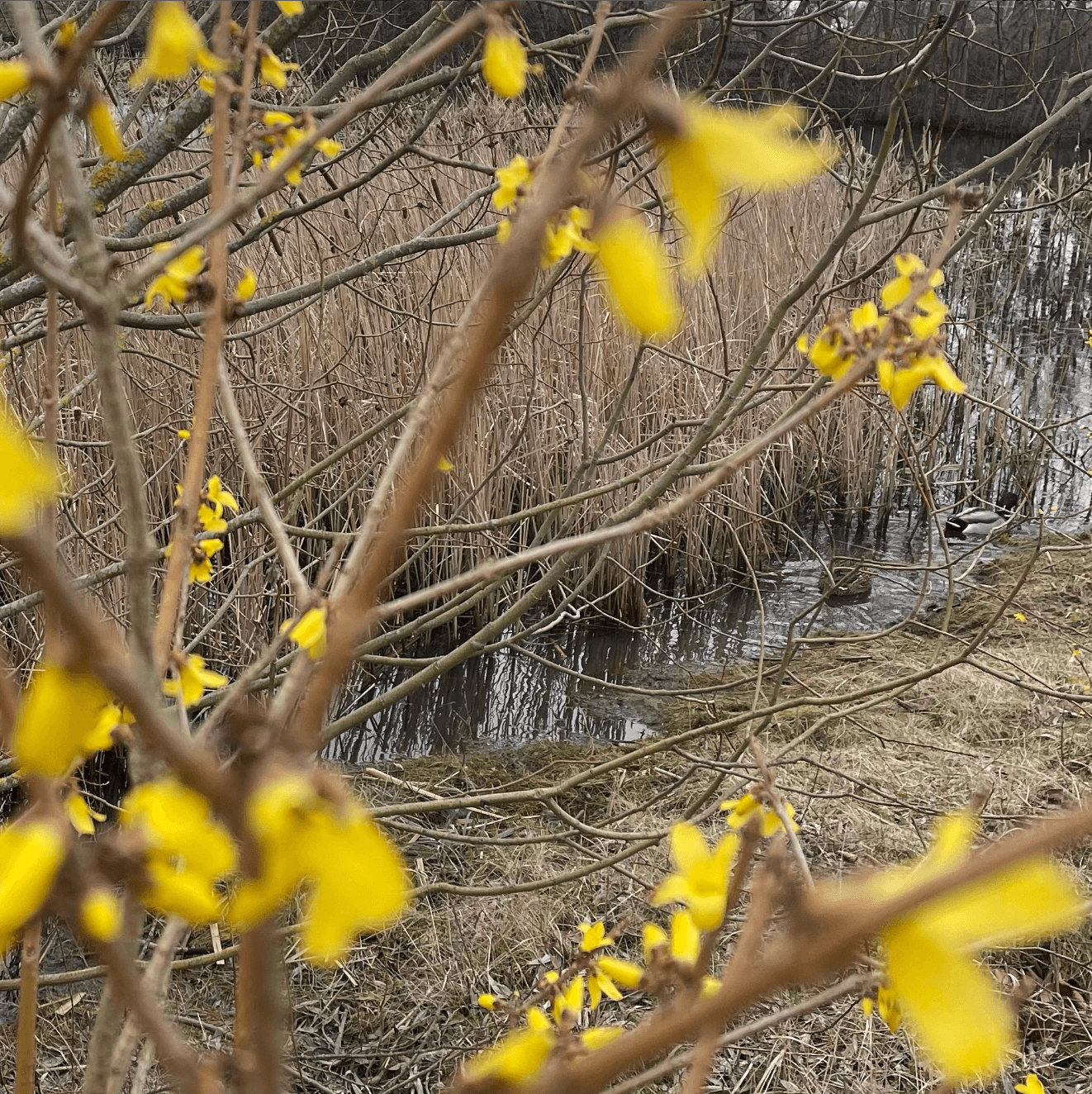
“Liberating structures: Engaging everyone to build a good life together” (Lipmanowicz et al., 2015) — go read it and try them!
My friend Sigrid does short interviews with trainers and facilitators on her company Memogic‘s youtube channel, and I watched the interview with Inna Fischer (in German) yesterday. Inna’s energy was super inspiring, and she mentioned the “Liberating Structures”, which I then realized I had never blogged about before. So here we go!
The goal of Liberating Structures is “Engaging everyone to build a good life together” (which is even the title of the Lipmanowicz et al., 2015, article). It is a collection of methods to “unleash the collective intelligence of the entire community of students” by organising space and air time in such a way that everybody is equally invited to contribute and that is facilitated such that all voices are heard. Being heard and seen makes participants feel valued and included, and that contributes to motivation to keep going even with difficult tasks. So that is exactly what we want in teaching for sustainability — both for its effect on motivation, but also because in a sustainable world, all voices are valued and included in the discussions, and ideas are evaluated independently of status or other markers of whom they came from. This is the next step (or maybe great in combination with?) the equitable classroom techniques that I wrote about the other day!
The individual methods are really not rocket science. Here are some that I especially like:
- The Nine Whys methods helps to clarify the shared purpose in working on a given task, by repeatedly (nine times, to be precise, or until there are no new answers coming any more) asking about WHY someone is doing something, and WHY that is important, and WHY that matters. This is done first in pairs (5 minutes each), and then two pairs reflect on their insights together, and then this is shared with everybody together with a reflection on what that should mean for the next steps together. This is such a great tool also for self reflection, but especially in a group to find out what drives everybody individually and together, and reminding each other of the whys can really bring momentum and energy back. They also suggest it as a tool for writing purpose statements, which I can well imagine, too.
- The 25/10 Crowd Sourcing method is great to come up with the best actionable ideas in a group: Everybody gets an index card and writes down the answer to the question “If I was ten times bolder, what big idea would I recommend? What first step would I take to get started?”. Then, there are five rounds where participants hand around cards (no reading) until a bell rings, then they read the card they have and score the response with 1 to 5 points. After the fifth round, people calculate the “score” of the card they are holding. Then, the top 10 cards are being read out (“who has 25 points? read!”, “who has 24?”, …), and then there is a quick debriefing. I LOVE THIS METHOD! Both the thinking about “if I was 10 times bolder than I am” part and then the evaluation of cards independently of who wrote them, and them being presented by a random person and not the author. I can see that this would work super well to generate ideas and a lot of energy and commitment in the group!
- The Min Specs method is perfect for streamlining processes but getting commitment behind each step by pruning everything down to the bare minimum. Here, participants generate “rules” for a process and then ask themselves “if this rule was broken, would we still be able to achieve the purpose?”. If the answer is yes, that rule is dismissed. So in the end, the set of rules that remains is absolutely necessary for the success of the project, which gives a lot of flexibility because other, unnecessary rules are gone, but it has also become clear to everybody why the remaining rules are essential. I want to try this very soon!
There are a bunch more methods for many different purposes. I recommend you browse the library (Liberating Structures) and I also recommend reading the Lipmanowicz et al. (2015) article, which contains very inspiring descriptions and motivations of the method, for example that of a “flock of flying geese maximizes both individual well-being and overall group performance” (which makes more sense with more context given in the article, so go read that!).
I want to now set myself (and others, do you want to join me?) the challenge of using Liberating Structures both in teaching and in other work situations, and share how it goes!
Lipmanowicz, H., Singhal, A., McCandless, K., & Wang, H. (2015). Liberating structures: Engaging everyone to build a good life together. Communication and” the good life”(International Communication Association Theme Book Series, Vol. 2, pp. 233-246). New York: Peter Lang.
Recap of the first meeting of my new course "Teaching for Sustainability" - Adventures in Oceanography and Teaching says:
[…] using the Tanner (2013) equitable teaching strategies (that I have summarized here), or using Liberating Structures as I am doing in this session. Doing that, we can teach both about sustainability by explaining […]
Planning an academic development workshop with GAI Claude - Adventures in Oceanography and Teaching says:
[…] also asked Claude to include a Liberating Structure in this workshop, knowing that 45 minutes is NOT a lot of time, and that I myself couldn’t […]